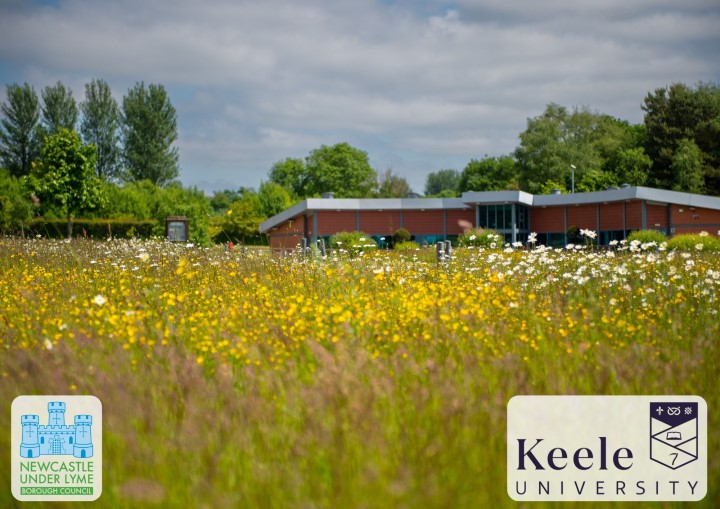Natural environment
Bereavement grassland biodiversity study

Our Cabinet adopted the grassland management strategy in April of 2024.
The study is happening at the following sites:
- St Georges (Newcastle)
- Newcastle Cemetery
- Silverdale Cemetery
- St Lukes (Silverdale)
- Keele Cemetery
- St James (Audley)
- Audley Cemetery
- St Martins (Talke)
- St Thomas (Kidsgrove)
- Atwood Street Cemetery
- St Thomas Church (Mow Cop)
To understand the biodiversity of long grassland, we have partnered with Keele University to study 11 cemeteries and churchyards sites that have areas of long grass. Students and supervisors from Keele University will be leaving insect traps, bat detectors and other equipment on site to study biodiversity, so please leave this equipment if you do come across it.
We also want to hear from you as a resident or visitor of this site to learn more about what you think about long grasslands at sites of bereavement. Please use the link at the bottom of this page to take part.
We understand some of these changes are different and are different to the previous cutting frequency. However, to ensure the health of our society and environment we believe this to be a great step in the right direction. As a council and according to our new policies we will ensure paths and verges are cut to an acceptable degree for your convenience.
Pollinator research statement
This project explores how different mowing management strategies impact pollinator assemblages and populations in churchyards and cemeteries throughout Newcastle-under-Lyme borough. These often-overlooked green spaces serve as valuable refuges for biodiversity, particularly in urban and suburban areas where natural habitats are fragmented.
The study aims to understand how the vegetation structure that develops with/without mowing influences the abundance and diversity of pollinators such as bees, butterflies, and hoverflies. The findings will offer insights into how small-scale changes in land management can enhance ecological value and contribute to local conservation efforts.
Bat and habitat research statement
This research investigates the influence of habitat fragmentation on biodiversity by exploring the relationship between vegetation density and connectivity, and bat (Chiroptera) activity within selected urban green infrastructure patches at churchyard sites in the Staffordshire County, United Kingdom (UK).
Newcastle-under-Lyme Borough Council and Keele University is collaborating on this project. We aim to utilise the measure of bat activity as a bio-indicator within these historically and ecologically significant sites.
The vocalisations of bats will be recorded using acoustic detectors to measure activity levels and GIS-based mapping of habitat, using remote sensing and environmental ground truthing combined with statistical modelling will enable habitats to be categorised.
The influence of habitat availability on bat species richness and activity within fragmented green spaces will allow us to propose strategies for wildlife habitat resilience, improve biodiversity connectivity, and mitigate the impacts of habitat fragmentation in urban areas.
Take part in our survey
Please take our survey to tell us what you think about long grasslands in bereavement sites:
Follow us on Facebook
See our Facebook page to learn more, ask questions and keep up to date with the study project:

